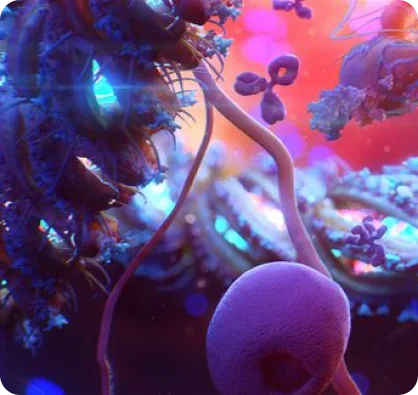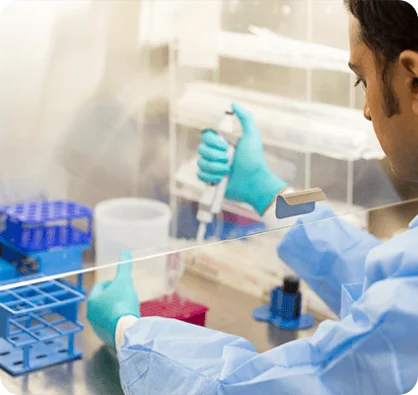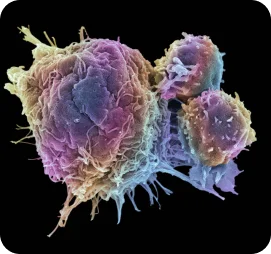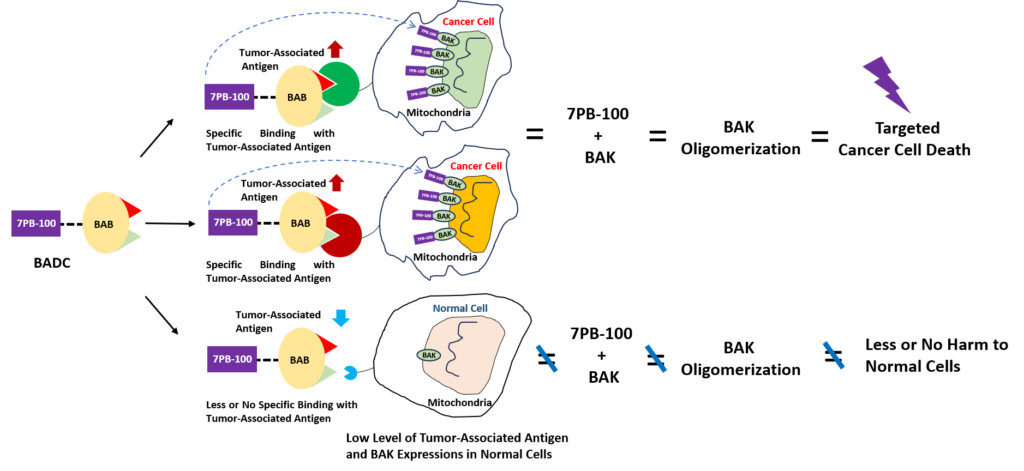Science
Unleashing Our innovative Targeted Therapeutics Redefines Cancer Treatment
Our science delves deep, uncovering potential solutions for challenging cancers that others may overlook.
What unites and inspires our team is the desire to profoundly impact the quality of life for patients. We focus on a wide range of serious cancers that currently have limited or no treatment options. By utilizing advanced technologies and innovative approaches to drug discovery, delivery, and development, our aim is to introduce potentially life-transforming therapies that address the most urgent unmet needs of patients.

Our Development Team
Our team leads the development of innovative cancer treatments. We have created a first-in-class small molecule BAK activator that selectively induces cancer cell death, leading to significant tumor suppression in vivo while sparing normal tissues. Our work also involves pioneering ComBYSelect-Based bispecific antibodies, which target different tumor-associated antigens with high specificity, functionality, and sustainability.
By utilizing bispecific antibodies and the potent BAK activator 7PB-100 as a payload, our goal is to improve treatment effectiveness and reduce off-tumor and off-target toxicities, creating innovative and precise cancer treatments for the benefits of patients.







